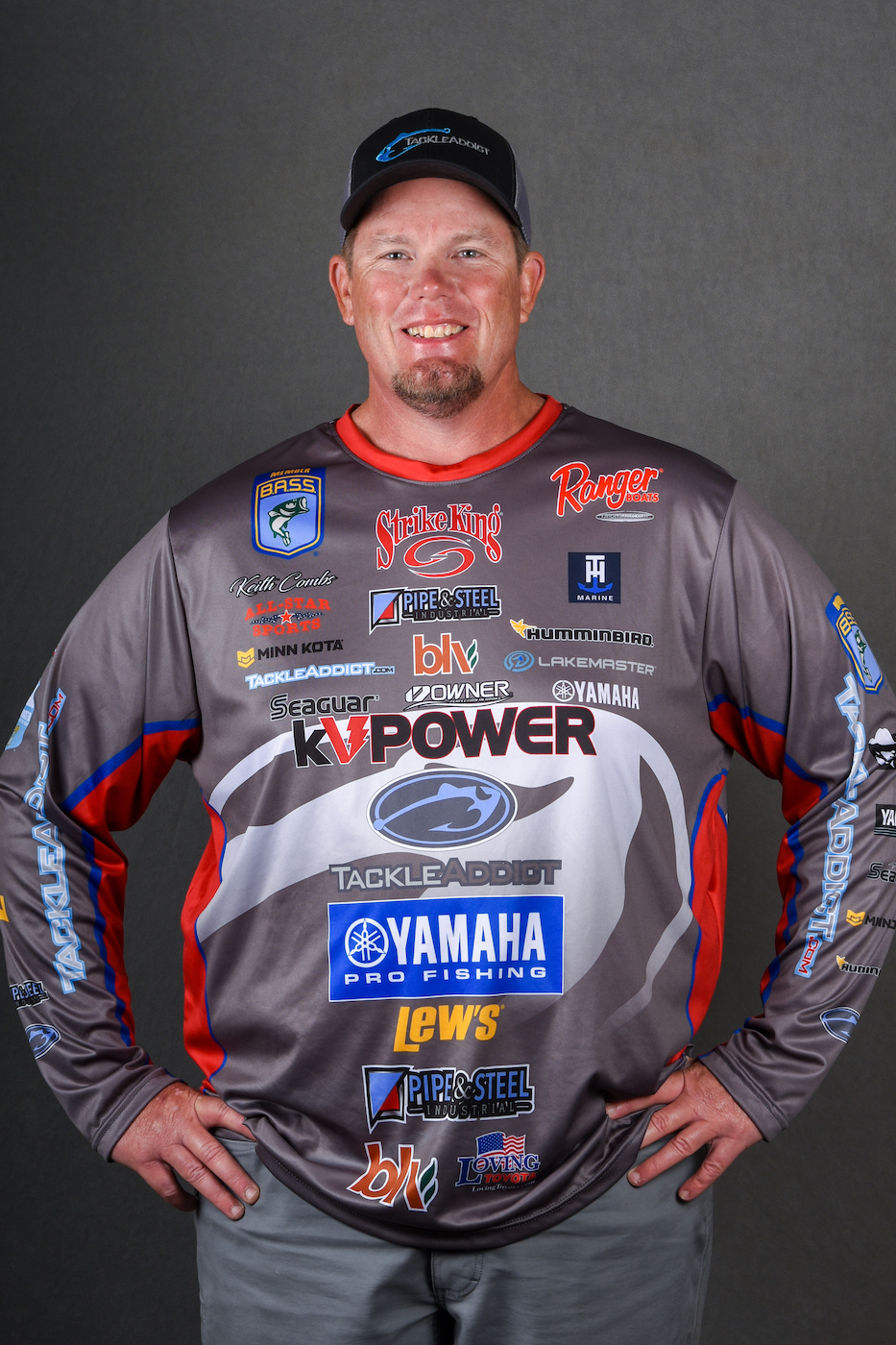
Right now much of the country is experiencing the best crankbait fishing of the year, and as a devoted crankbait angler it’s one of my favorite times to fish. It’s no secret that many of my greatest tournament successes on tour have come fishing a crankbait, yet I remain surprised at how resistant many anglers are to using them.
Simply put, if you don’t have a variety of crankbaits in your arsenal, and the confidence to use them, there aren’t many places where you can be consistently competitive. The reasons behind that statement are varied. First, you can find a crankbait that mimics just about anything a bass will feed on, whether it’s on the bottom or higher up in the water column. Second, you can cover a ton of water with them. Third, they draw reaction strikes, especially from bass that may be in a negative mood. Most importantly, they flat out win tournaments. In fact, if you look at any Elite Series season, or any Opens division, it’s rare that there won’t be at least one tournament win attributable to a crankbait. You can’t say that about a spinnerbait or a topwater or a swimbait. Coast to coast, north to south, crankbaits are important tools.
Even those anglers who accept the importance of this lure category sometimes shoot themselves in the foot by not fishing crankbaits when, where and how they are the best tool for the job. They cling to old myths that may be outdated or which don’t tell the whole story.
Here are five common myths that you may have heard, but which you should feel free to disregard.
Myth #1: Crankbaits lose more fish than other lures
Of course I have lost some fish on a crankbait, but I don’t think there’s any category of lure where you don’t occasionally lose a few. Certainly, the combination of a big body with relatively small hooks makes it easy for a head-shaking bass to throw your crankbait, but I can honestly say that I don’t lose more fish this way than with any other type of lure. That’s because I’ve dialed in my gear. More than any other type of lure, I think losses with crankbaits can be traced back to the equipment you use. By using a slightly lighter action, more forgiving rod, you get the cushion you need. Paired with a high-speed reel, which allows you more control of the fish, you’ll be surprised how few you lose. My setup is a 7-foot Shimano Curado fiberglass cranking rod and a 7.3:1 Curado K. I trust it completely.
Myth #2: Crankbaits are meant to be fished slowly
Some old-timers will tell you that the only way to fish a crankbait is to get it down and C-R-A-W-L it along the bottom. At times that works, but you need to let the fish tell you if that’s the optimal speed. I can tell you this: When the water is hot and the fish are gorging on shad, you can’t reel it too fast, and in the South, when the water is in the 40s, you can’t reel it too slow. Often the best retrieve is somewhere in between. Vary it and see what they want.
Myth #3: Crankbaits are best under windy conditions
Of course there are times when the fish will eat the paint off a crankbait in the wind. That’s especially true on highland reservoirs, but I’ve also been beaten plenty of times by crankers under slick calm conditions. Look at what KVD did this year at Grand Lake. Some of my best days of offshore cranking have taken place when the lake was completely flat. If you limit yourself to windy banks and windy days, you’re going to miss out on a lot of good bites.
Myth #4: You can’t throw crankbaits in thick cover
Many anglers put their crankbaits down around docks, brush and timber, fearing that they’ll lose a lot of baits and spend more time hung up than catching fish. That’s a huge mistake. By hitting targets with a crankbait you trigger strikes in a way that most other lures often cannot. Yes, you have to take some chances, but the rewards are worth it. I throw them into the nastiest places and once I hit the target I try to keep the bait moving. You’ll be surprised how often they just bounce off. For the times when you do get snagged invest in a cheap lure retriever and it’ll pay for itself.
Myth #5: You have to use light line
There are times definitely when you want to use light line to maximize diving depth as well as the lure’s action. In my early days of tournament fishing I subscribed to the idea that 10 pound monofilament was the key to most cranking situations, but we have so many more options today that limiting yourself that way is counterproductive. Any time I’m around heavy cover and depth is not critical, you’ll likely find me cranking with 17- or 20-pound fluorocarbon, and I use 15-pound Seaguar InvisX most of the time. There are plenty of times when 10-pound test is the key to getting bites, but there are just as many where line that light will end up breaking your heart.
As with every aspect of your fishing, keep an open mind when it comes to cranking. The myths may have some basis in fact, but if you stick to them unconditionally you’re only limiting your own chances of doing well.

